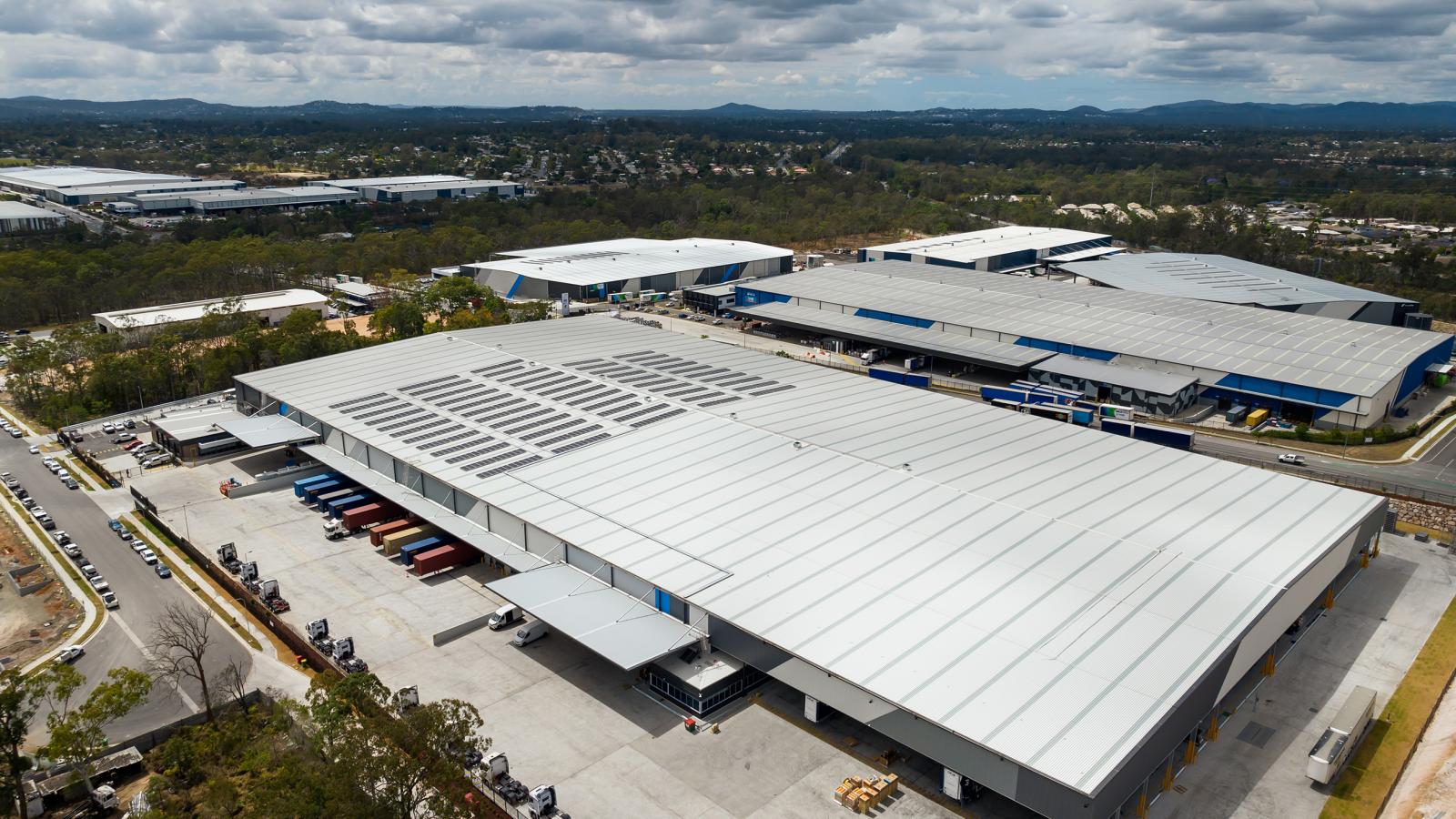
There are two main pathways of showing compliance with the energy efficiency section of the National Construction Code (NCC). The method most commonly used is Deemed-To-Satisfy (DTS) but JV3 can often provide a more flexible solution. DTS is a checklist. JV3 is a performance solution. JV3 uses computer simulation to show the building performs at or better than the minimum performance required by the NCC. Both solutions provide a minimum specification involving windows, insulation & colours.
The lack of flexibility with DTS can lead to problems with the following:
- Changes to window specification and sizes
- External colours that differ from the design brief
- Increase construction difficulty by putting insulation in difficult places
- Increase the construction cost by increasing the number of materials
If there are problems with the above then doing a JV3 assessment can provide a better outcome in particular with construction costs.
A case study
SUHO received a request for a second opinion assessment of the Section J DTS report for a proposed service station located in Nuriootpa, SA. The DTS specification required tinted (grey) glazing rather than the specified clear glass. The glazier refused to install single glazed grey glass due to the potential for cracking due to the glass overheating, they recommended tempered glass that would cost the builder an additional $20,000.
The builder approached SUHO for a solution. A JV3 assessment was completed and clear glazing was able to be used. The building performance was offset by changing the roof colour, a cost-free improvement to thermal performance. Using this method, SUHO guided the client to achieve building compliance and save $20,000! This highlights how the right assessment for the project can save you money in construction costs. We can make the most difference if we are engaged early in the design process.



